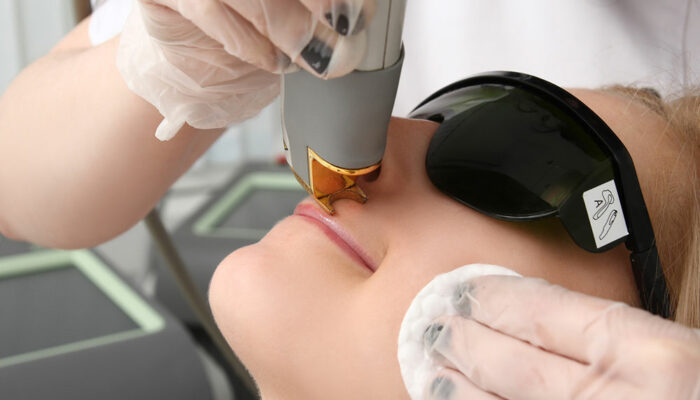
Prevention and Treatment of Deep Vein thrombosis
Deep vein thrombosis is caused as a result of blood clots formed in the deep veins of your body. Understanding the causes of deep vein thrombosis can help one in taking preventive measures that could lower the probability of the development of this health condition. However, when one develops this disease, doctors administer different types of treatment methods so that it doesn’t lead to any life-threatening condition.
1. Preventing deep vein thrombosis
Being overweight, smoking habits, having a family history of the same disease, and inactivity are some of the most important causes of deep vein thrombosis. Therefore, the following steps might help in reducing the chances of occurrence of this health disorder in people:
- Moving legs while at rest
This will help in maintaining blood circulation and prevent blood clots from developing. - Stretching
Even if one has to sit for a prolonged duration during activities like driving, it is advised to take breaks and do some stretching to avoid blood clot development. While flying or traveling by train or bus, people are suggested to walk in the aisles for similar reasons. - Others
Managing weight and keeping a check on blood pressure can also help in reducing the chances of deep vein thrombosis.
2. Treatments for deep vein thrombosis
There are some causes of deep vein thrombosis, such as family history or similar others, where people can develop this disease despite taking preventive measures. For those patients, doctors might use the following treatment methods:
- Exercises
Inactivity or staying in a position for an extended period can increase the chance of developing this health complication in patients. So, doctors suggest exercises that involve the movement of ankles, knees, and feet for reducing the probabilities of developing this condition.
- Wearing compression stockings
Doctors might prescribe wearing these stockings as they help in preventing swelling and also lower the chances of forming clots.
- Medication
The causes of deep vein thrombosis are related to blood clot formation in veins. As a result, doctors might prescribe blood thinners to patients after surgery to reduce the possibilities of forming clots later. In cases where blood thinners do not provide effective results and patients experience severe symptoms, doctors might prescribe thrombolytic medications. These medications break the clots and are required to be infused in the veins. They are effective for upper extremity deep vein thrombosis as well.
- Surgery
If the patients develop blood clots that are large or causing serious damage to their body, doctors might suggest surgery to remove them. This type of surgery is called surgical thrombectomy, where the physicians are required to make an opening in the blood vessel. The clot is then located and removed. After the removal, the blood vessels and the tissues are repaired.
In some instances, an inflating balloon might be used to keep the blood vessels open while the clots are removed. After the removal process, this balloon is removed as well.
- Filters
In instances where patients cannot take blood thinners, doctors might put a filter in the vena cava. This helps in preventing the blood clots from entering the lungs. Patients should consult their doctors to know about the risks involved in various treatment methods and to find out the ideal one that would suit their needs. Besides, it doesn’t hurt to bring certain changes in lifestyle to reduce the risk factors of this health condition.



